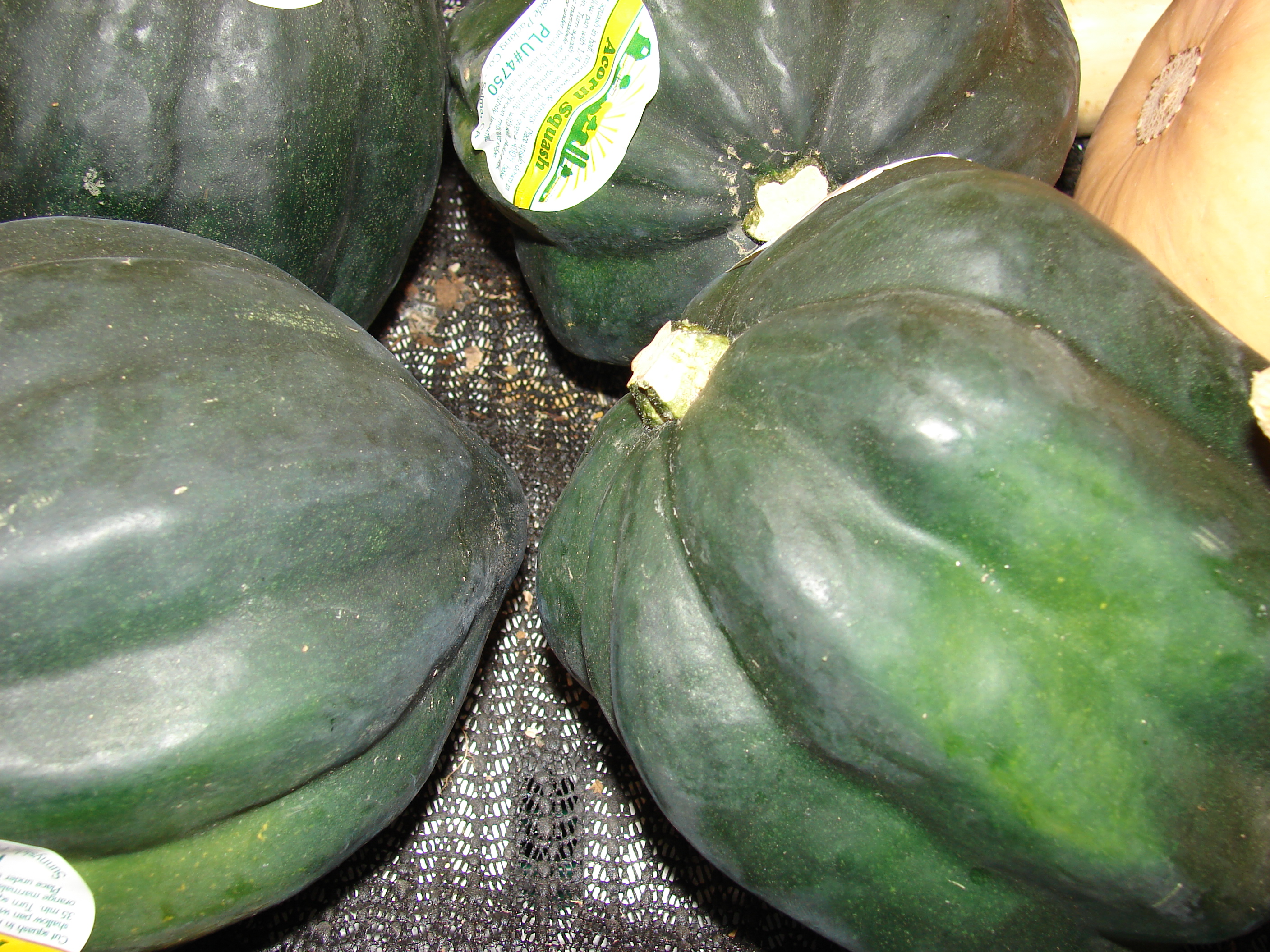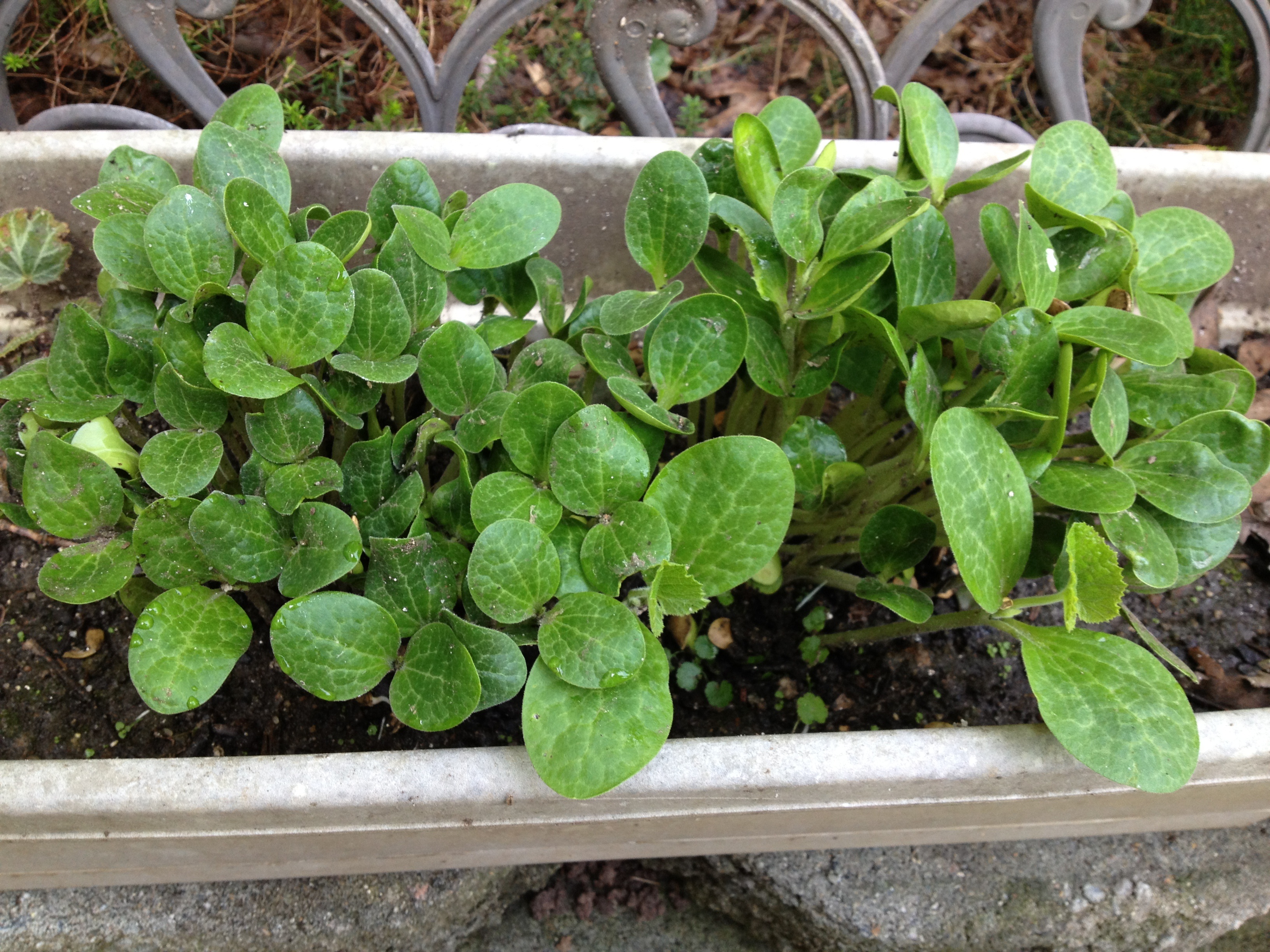Acorn squash, also called pepper squash, is a type of winter squash that features a small, blimp-shaped body with deep green or orangey-brown skin and longitudinal ridges on its outer skin. Its flesh is tinted orange or yellow and has a sweet, nutty flavor. Though it is called winter squash, it belongs to the species of summer squashes.
Essentials

Acorn squash is typically harvested in the fall but can be stored for several months. If you’re interested in growing your own acorn squash, here are a few tips to get you started.

Acorn squash needs moist, well-drained soil and should be fertilized regularly. Water the plants regularly, especially during dry spells. As the fruit ripens, it will have a deep, rich color and ridged skin will become hard to pierce with a fingernail. Cut the fruit from the vine with a sharp knife, being careful not to damage the plant. Allow the fruit to cure in a cool, dry place for two weeks before eating.
Soil
Acorn squash is a type of winter squash that is grow in cool weather. It is typically harvested in the fall, but can also be grown in the spring and summer in cooler climates. The best soil for growing acorn squash is a loose, well-drained loam with a pH of 6.0 to 6.8. The soil should also be high in organic matter, as this will help to retain moisture and provide nutrients for the plant.
Acorn squash requires six to eight hours of direct sun per day. When planting acorn squash, it is important to space the plants at least two feet apart to allow for adequate air circulation. Additionally, the plants should be protected from strong winds, as this can damage the leaves and stems. With proper care, acorn squash can be a delicious and nutritious addition to any garden.
Watering
Acorn squash is a type of winter squash that has dark green or orange skin and is shaped like a small, flattened pumpkin. It is native to North America and was historically grown by the indigenous peoples of the region. Today, acorn squash is a popular home garden crop and can be easily grown from seed.
Acorn squash requires moderate amounts of water and prefers soil that is moist but not soggy. While growing acorn squash, it is important to keep the leaves dry to prevent diseases such as powdery mildew from developing. The plant should be watered at the base rather than from above to avoid wetting the leaves. If the leaves do get wet, they should be dried off immediately. Acorn squash can be harvested when the skin is firm and the fruit gives a slightly hollow sound when tapped.
Flowering and fruiting
This squash is classified as a fruit and grows best in warm weather. Acorn squash is a type of winter squash that grows best in the cooler months of the year. The plants require a long, warm growing season in order to produce fruit, so it is best to start them indoors in late winter or early spring. Once the weather becomes warmer and all danger of frost has passed, the seedlings can be transplanted outdoors. Acorn squash will begin to flower in late summer or early fall, and the fruits will be ready to harvest in late fall or early winter.
Propagation
Start by growing Acorn Squash from seeds. Sow the seeds outdoors in late spring, after all the dangers of frost have passed. Sow the seeds 1/2 inch deep in well-drained soil, spaced 4 to 6 inches apart. Once the seedlings emerge, thin them so that they are spaced 12 to 18 inches apart. For best results, grow Acorn Squash in full sun and provide them with plenty of room to spread out. The vines can grow up to 10 feet long, so give them plenty of space to roam.

Acorn squash can also be propagated by rooting stem cuttings. To take stem cuttings, choose a healthy plant and cut off a 4-inch length of stem that includes at least 2 leaves. Fill a pot with moistened potting mix and insert the cutting about 1 inch deep into the mix.
Keep the potting mix moist and wait for the cutting to develop roots, which can take up to 2 weeks. Once the roots have developed, transplant the cutting into a larger pot or into the garden. With either method, you’ll be harvesting fresh acorn squash in no time!
Pests and diseases
Acorn squash is a type of winter squash that is typically grown in the late summer or early fall. The fruits are typically small to medium in size, and they have dark green or orange skin. The flesh of the squash is yellow or orange, and it is known for its sweet, nutty flavor. Acorn squash can be roasted, baked, or steamed, and it is often used in soups and stews.
While acorn squash is relatively easy to grow, there are a few pests and diseases that can affect the plants. Squash bugs are one of the most common pests, and they can damage the leaves and stems of the plant. Squash vine borers can also cause problems, as they feed on the vines of the plant. Diseases such as powdery mildew and downy mildew can also affect acorn squash plants.
These diseases cause the leaves of the plant to develop a white or gray powdery film. Properly caring for your acorn squash plants can help to prevent these problems.
Irritation to pets
Acorn squash can cause irritation to pets if they come into contact with it. The acorn squash plant produces a chemical called cucurbitacin, which can cause stomach upset and vomiting in dogs and cats. If you grow acorn squash in your garden, make sure to keep your pets away from the plant to avoid any potential problems.





